This article contains affiliate links. We earn a small commission if you purchase through our links, at no extra cost to you. Read more in our affiliate disclaimer.
Living off grid with solar power as your primary energy source is becoming increasingly popular – and for good reason. With the right system, you can become completely independent from the electrical grid while dramatically reducing your environmental impact. But where does a beginner start?
In this comprehensive guide, we’ll cover everything you need to know to get started with off grid solar power. You’ll learn how the system works, how to calculate your needs, which components you require, and get concrete product recommendations for different budgets.
Whether you’re planning for a small cabin, RV, or an entire house, this guide will give you the knowledge to make informed decisions about your solar power system.
The Basics – How Off Grid Solar Power Works
The Difference Between On-Grid and Off-Grid
An on-grid solar power system is connected to the electrical grid. Excess electricity is sold back to the grid, and when the sun isn’t shining, you buy electricity as usual. An off-grid system is completely standalone – all energy is stored in batteries for use when needed.
Main Components of an Off-Grid System
Solar panels convert sunlight into direct current (DC). The charge controller protects batteries from overcharging and optimizes charging. Batteries store energy for use when the sun isn’t shining. The inverter converts direct current from batteries into alternating current (AC) that your appliances use.
Benefits of Off-Grid Solar Power
Complete energy independence is the biggest advantage. You eliminate electricity bills, power outages don’t affect you, and you can live anywhere without depending on grid infrastructure. Environmentally, it’s also an excellent choice – clean, renewable energy without carbon emissions.
Planning Your Off-Grid Solar Power System
Calculate Your Energy Needs
The first step is understanding how much energy you consume. Make a list of all electrical appliances you want to use and calculate their daily consumption in kilowatt-hours (kWh).
Example of typical consumption:
- LED lighting (10 bulbs, 4h/day): 0.4 kWh
- Refrigerator (A+++ class): 0.8 kWh
- Laptop (6h/day): 0.3 kWh
- Water pump (1h/day): 0.5 kWh
- Total: 2.0 kWh/day
Add 20-30% safety margin for cloudy days and future needs. In the example above, you would plan for 2.5-2.6 kWh/day.
Choosing System Size
Solar panels: As a rule of thumb, you need approximately 1.2-1.5 times your daily consumption in watts of solar panels. For 2.5 kWh/day, that would mean 300-400W solar panels.
Batteries: Plan for at least 2-3 days of energy storage to handle cloudy periods. With 2.5 kWh daily consumption, you need 5-7.5 kWh battery capacity.
Budget and Costs
A complete off-grid system costs between $2,000-7,000 depending on size and quality. Smaller systems for cabins start around $2,000, while larger home systems can cost $4,000-7,000 or more.
Cost breakdown (example 400W system):
- Solar panels (400W): $500-800
- Batteries (5 kWh LiFePO4): $2,000-2,800
- Charge controller: $250-400
- Inverter: $400-650
- Cables and mounting materials: $250-400
Product Recommendations for Different Needs
Best Complete Systems for Beginners
EcoFlow DELTA 2 Max + 400W Solar Panels Buy at Amazon Battery / SolarPanels This all-in-one system is perfect for beginners. With 2048Wh battery capacity and ability to connect up to 800W solar panels, it handles most basic needs. The system has built-in inverter, charge controller, and can charge in multiple ways. Cost: approximately $3,200.
Renogy 400W Starter Kit Buy at Amazon An excellent DIY kit containing 4×100W solar panels, 40A charge controller, inverter, and all necessary wiring. You need to buy batteries separately. Perfect for those who want to learn the system from the ground up. Cost: approximately $1,100 (excluding batteries).
Best Batteries for Off-Grid Systems
LiFePO4 batteries (lithium iron phosphate) are the best choice for off-grid systems. They last 10+ years, can be discharged to 90% without damage, and are safe to use.
Battle Born LiFePO4 100Ah 12V
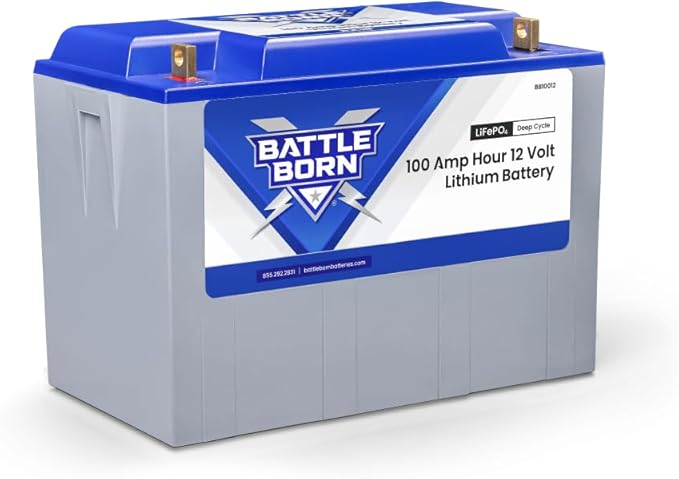
Industry-leading quality with 10-year warranty. One 100Ah battery gives you approximately 1.2 kWh usable energy. Cost: approximately $950 per battery.
Renogy LiFePO4 100Ah 12V
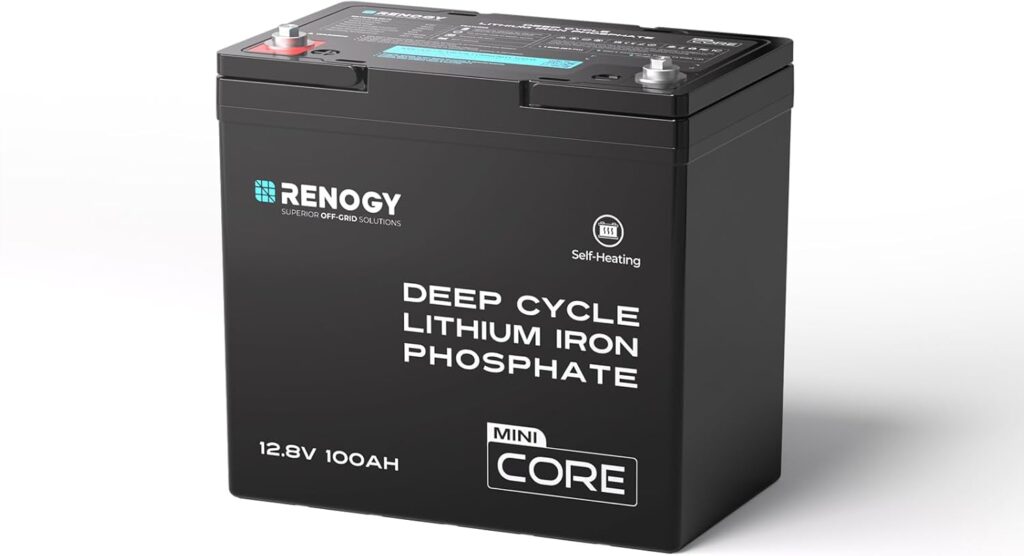
Good quality at a lower price. Two 100Ah batteries give the same capacity as one 200Ah but at lower cost. Cost: approximately $400 per 100Ah battery.
Recommended Inverters
AIMS Power 2000W Pure Sine Wave
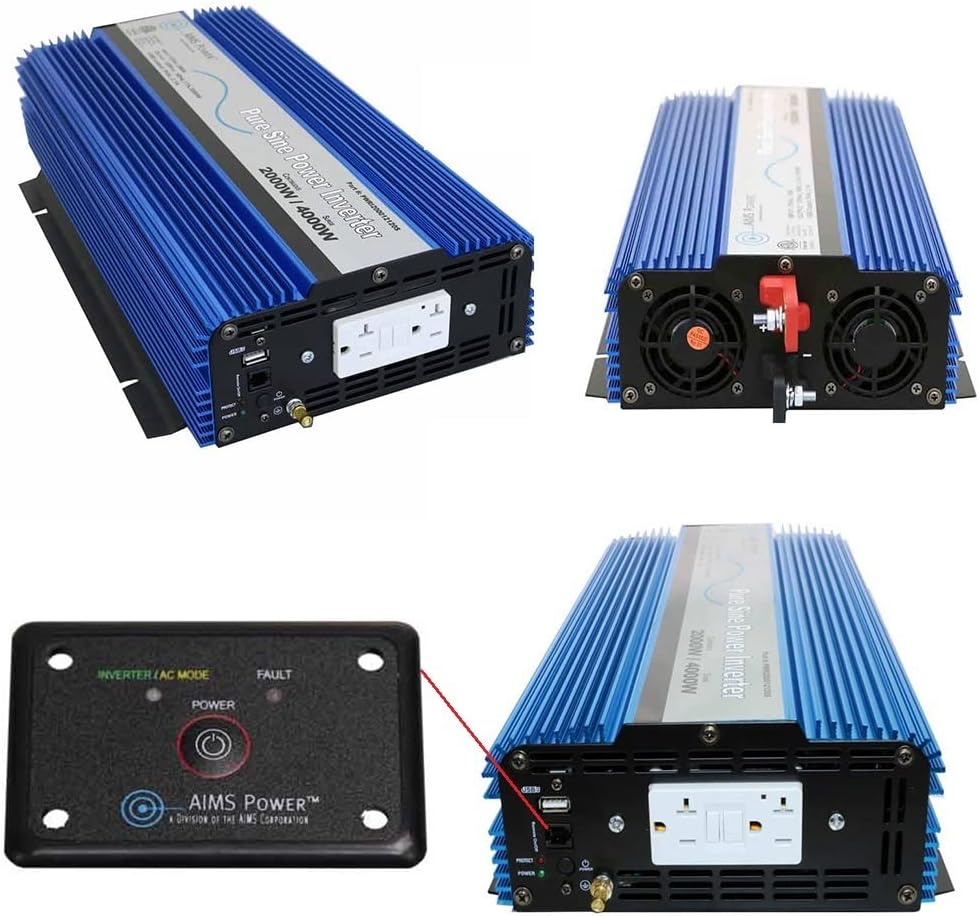
Pure sine wave inverter that handles sensitive electronics. 2000W is sufficient for most household appliances (not heating elements and heat pumps). Cost: approximately $450.
Renogy 3000W Pure Sine Wave
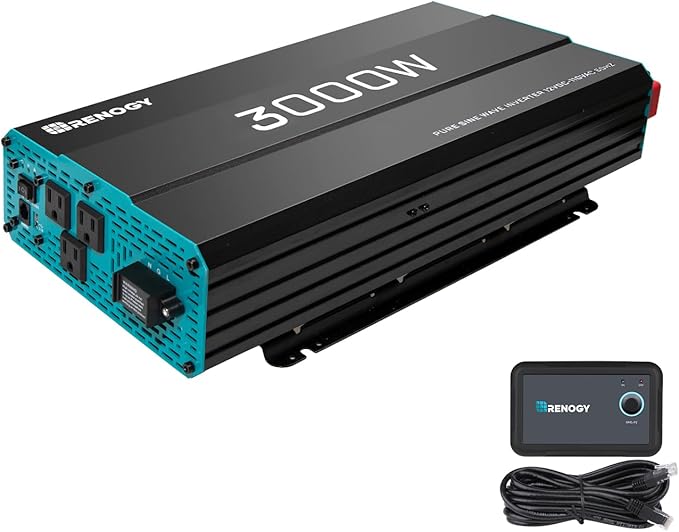
High-power inverter for larger needs. Great for workshops or homes with higher power requirements. Cost: approximately $600.
Charge Controllers
Victron MPPT 100/30
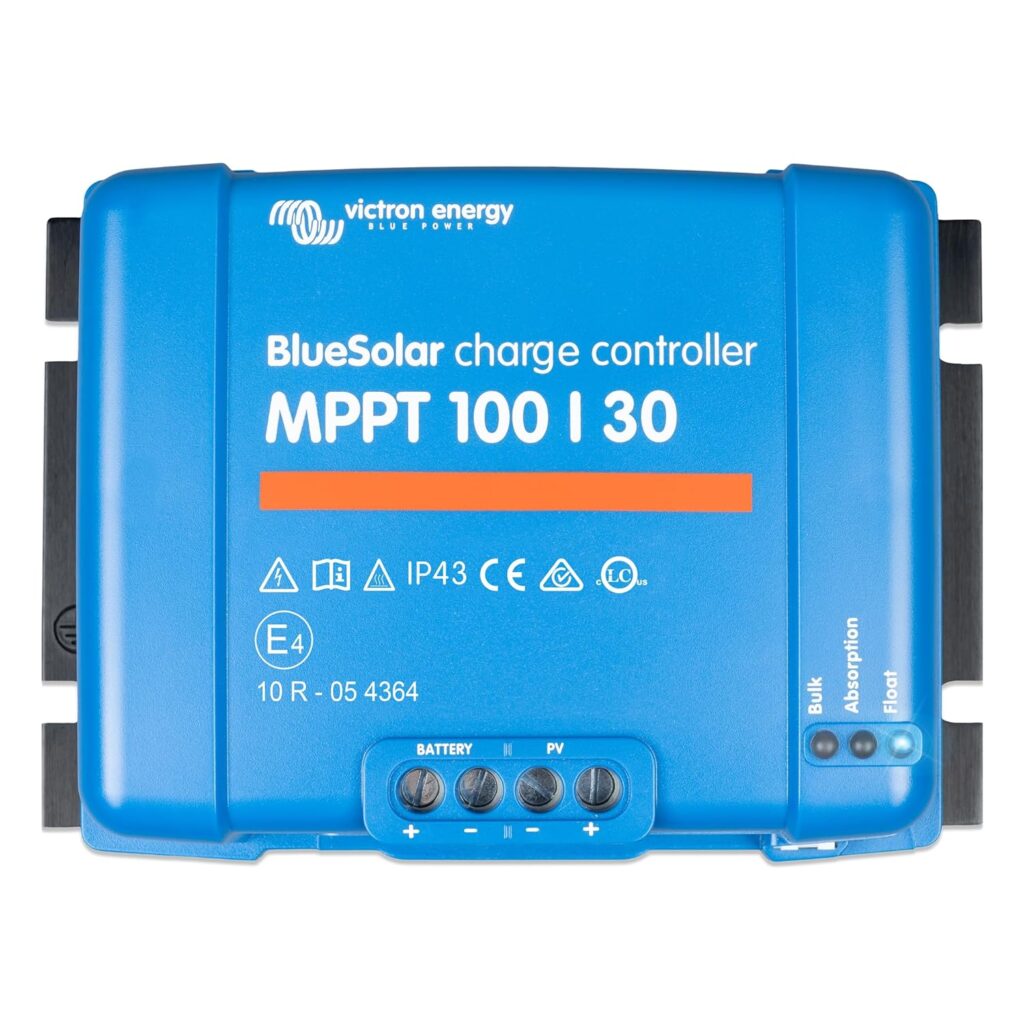
Maximum Power Point Tracking (MPPT) is more efficient than PWM controllers. This handles up to 440W solar panels on 12V systems. Cost: approximately $350.
Renogy Rover 40A MPPT
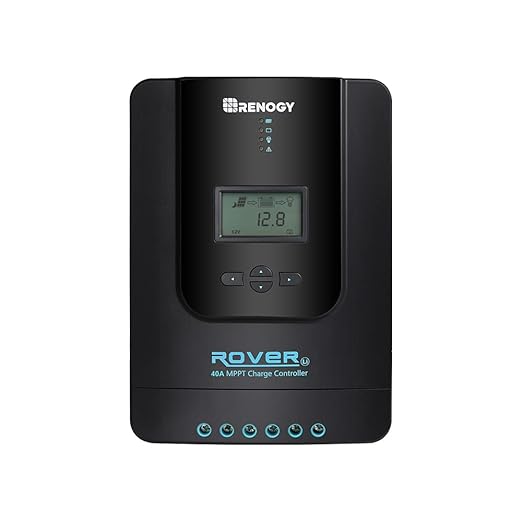
Budget-friendly alternative with Bluetooth monitoring via app. Handles up to 520W on 12V systems. Cost: approximately $170.
Installation and Maintenance
Basic Installation Tips
Safety first: Never work with the system under power. Always disconnect batteries before making changes. Use proper fuses and circuit breakers to protect the system.
Placement: Solar panels should be mounted facing south with 30-45 degree tilt for optimal performance in most locations. Avoid shade from trees or buildings. Batteries should be stored in a frost-free place, preferably 60-77°F (15-25°C).
Cable sizing: Use sufficiently thick cables to minimize voltage drop. Between battery and inverter, at least 4/0 AWG cable is recommended for larger systems.
Maintenance and Safety
Off-grid solar power systems require minimal but important maintenance. Clean solar panels regularly from dust, leaves, and snow for optimal performance. Check cable connections annually – loose connections can cause fires.
Battery maintenance: LiFePO4 batteries require almost no maintenance, but ensure ventilation works and temperature is kept within recommended range.
Monitoring: Invest in a battery monitoring system that shows voltage, state of charge, and current consumption. This helps you optimize usage and detect problems early.
Getting Started with Your Off-Grid Project
Building an off-grid solar power system may seem overwhelming at first, but with proper planning and components, it’s entirely possible even for beginners. Start small – perhaps with a simple system for basic lighting and charging – and expand as you gain experience.
The products we’ve recommended above represent a good balance between quality and price. Remember to invest in quality components from the beginning – it saves money and headaches in the long run.
Next steps: Make a thorough calculation of your energy needs, determine your budget, and start with the system that best fits your needs. Off-grid solar power isn’t just a way to become energy independent – it’s also a step toward a more sustainable future.
